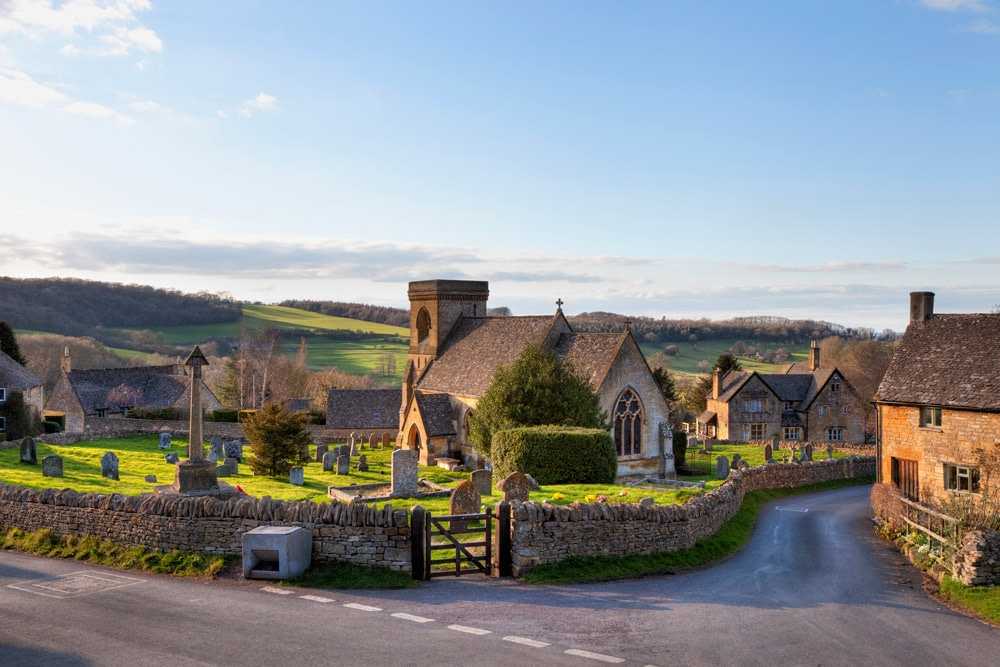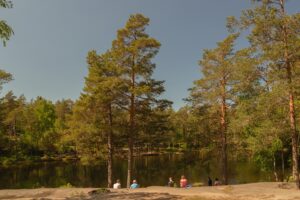The Cotswolds: Picturesque Villages in Rural England
Nestled in the heart of England, the Cotswolds is a region renowned for its stunning landscapes, charming villages, and quintessentially English character. Stretching across several counties, including Gloucestershire, Oxfordshire, and Warwickshire, the Cotswolds offers a delightful escape into a world of rolling hills, honey-colored stone cottages, and historic market towns. Whether you’re a history enthusiast, a nature lover, or simply seeking a peaceful retreat, the Cotswolds has something to offer everyone.
What to See
The Cotswolds is home to some of the most picturesque villages in England. Start your journey in Bourton-on-the-Water, often referred to as the “Venice of the Cotswolds” due to its charming low bridges and the River Windrush flowing through the village. Stroll along the riverbanks, explore the quaint shops, and visit the Cotswold Motoring Museum for a glimpse into the region’s automotive history.
Another must-visit is Bibury, a village that seems to have leaped straight out of a postcard. Arlington Row, a row of 17th-century weavers’ cottages, is one of the most photographed spots in the Cotswolds. The village’s tranquil setting and picturesque architecture make it a favorite among visitors.
For those interested in history, the town of Chipping Campden offers a rich tapestry of medieval and Tudor architecture. The Market Hall, built in the 17th century, is a testament to the town’s historical significance. Don’t miss the chance to explore the nearby Hidcote Manor Garden, a stunning Arts and Crafts garden that showcases a variety of plant species and beautifully designed outdoor rooms.
A Bit of History and Interesting Facts
The Cotswolds’ history is deeply rooted in the wool trade, which brought prosperity to the region during the Middle Ages. The area’s distinctive honey-colored limestone, known as Cotswold stone, was used to build many of the charming cottages and grand manor houses that dot the landscape. This stone gives the villages their unique and cohesive appearance.
An interesting fact about the Cotswolds is that it is designated as an Area of Outstanding Natural Beauty (AONB), covering nearly 800 square miles. This designation helps preserve the region’s natural beauty and cultural heritage, ensuring that future generations can enjoy its splendor.
The Cotswolds has also been a source of inspiration for many writers and artists. J.R.R. Tolkien, author of “The Lord of the Rings,” is said to have drawn inspiration from the Cotswolds’ landscapes for his fictional world of Middle-earth.
How to Get There and Tips for First-Time Visitors
Reaching the Cotswolds is relatively easy, with several transportation options available. If you’re traveling from London, the train is a convenient choice. Direct trains run from London Paddington to Moreton-in-Marsh, a gateway to the northern Cotswolds, taking around 90 minutes. From there, you can rent a car or use local buses to explore the region.
For those driving, the Cotswolds is well-connected by major roads, including the M4 and M5 motorways. However, be prepared for narrow country lanes and limited parking in some of the smaller villages.
First-time visitors should consider staying in one of the region’s charming bed and breakfasts or boutique hotels to fully immerse themselves in the Cotswolds experience. Be sure to pack comfortable walking shoes, as exploring the villages on foot is the best way to soak in their beauty.
While the Cotswolds is a year-round destination, visiting in the spring or autumn offers the advantage of fewer crowds and milder weather. Don’t forget to try some local delicacies, such as Cotswold cheese and traditional cream teas, to complete your visit.








